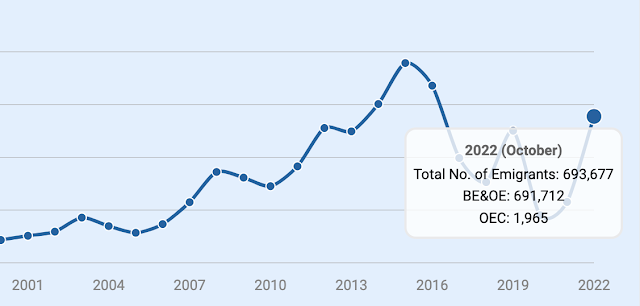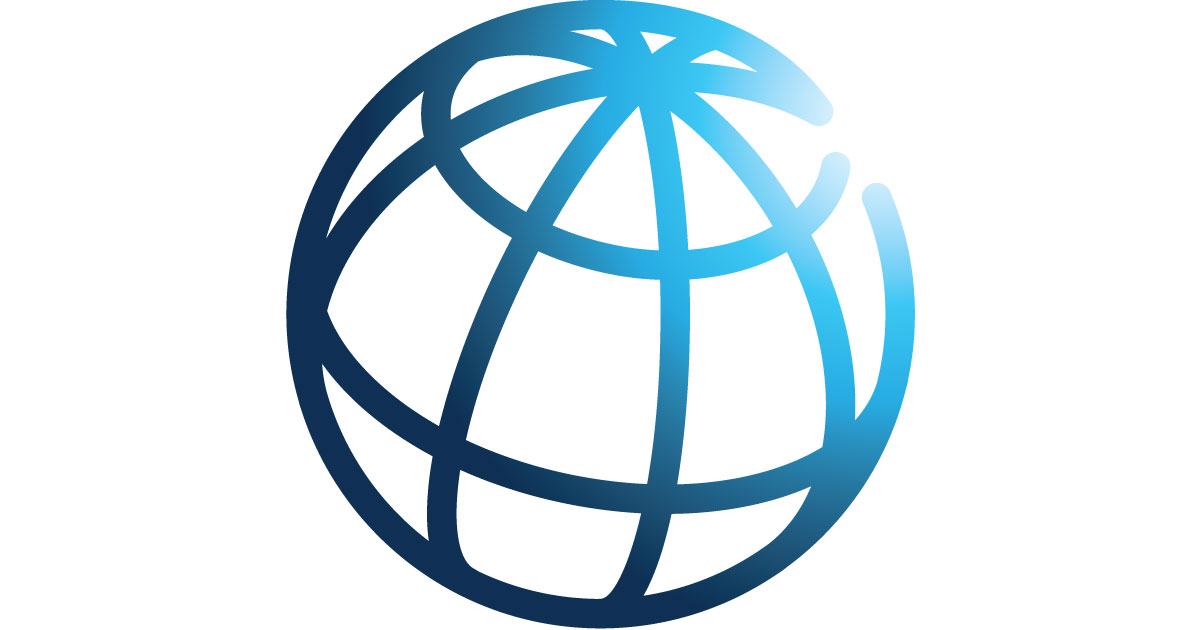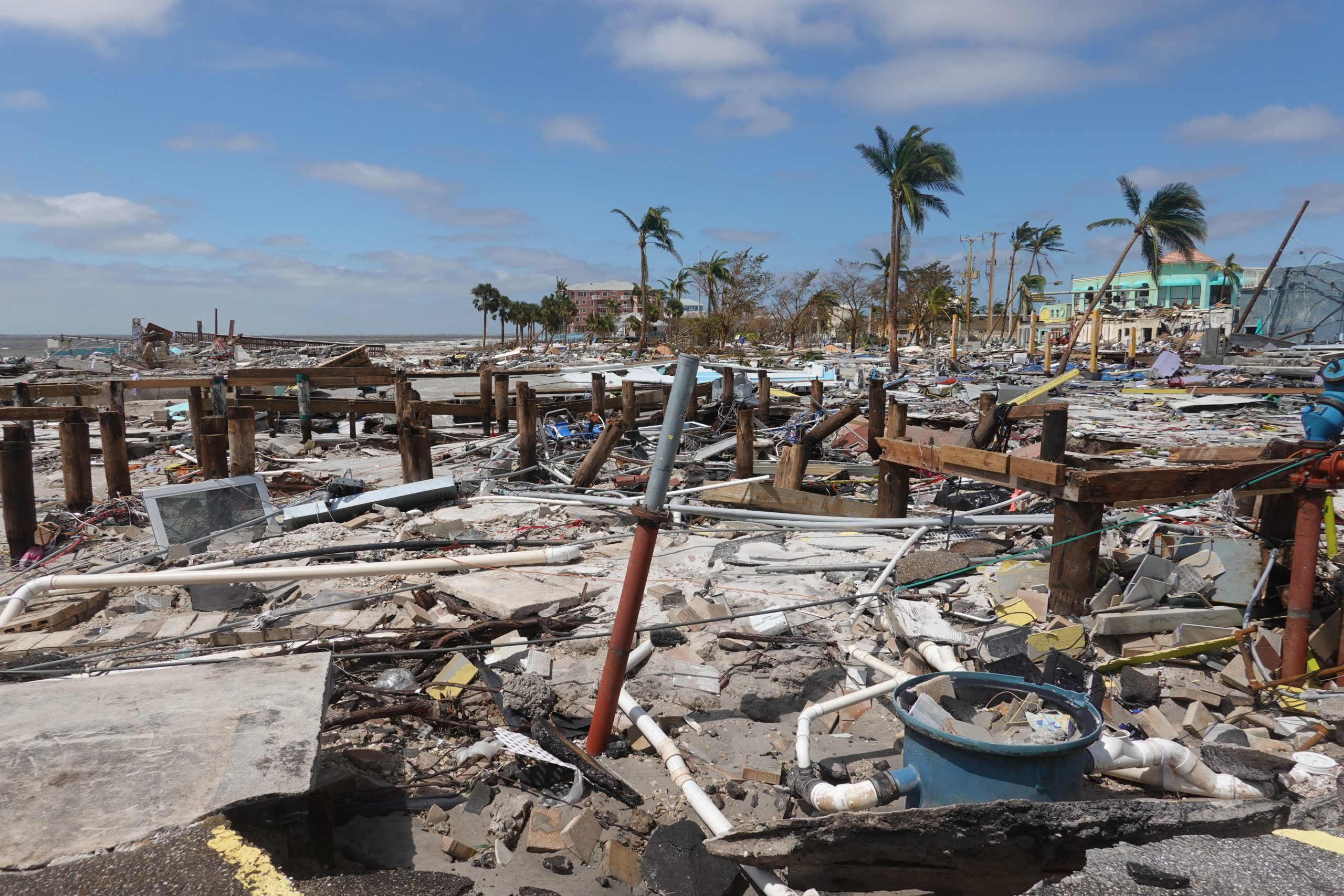
World at 8 Billion: Pakistan is Fourth Largest Contributor to Last Billion
The global population increased by one billion over the last 12 years to reach 8 billion this year, according to the United Nations. Pakista...
The global population increased by one billion over the last 12 years to reach 8 billion this year, according to the United Nations. Pakistan contributed 49 million people to the last billion, making it the fourth largest contributor after India (177 million), China (73 million) and Nigeria (51 million). Nigeria is expected to soon overtake Indonesia and Pakistan to become the world's 4th most populous nation. More than half of the projected increase in the global population up to 2050 will be concentrated in eight countries: the Democratic Republic of the Congo, Egypt, Ethiopia, India, Nigeria, Pakistan, the Philippines and the United Republic of Tanzania. Rising working age population is turning Pakistan into a major global consumer market. It is also fueling Pakistan's growing surplus labor exports and record overseas worker remittances.
World's 7th Largest Consumer Market:
Pakistan's share of the working age population (15-64 years) is growing as the country's birth rate declines, a phenomenon called demographic dividend. With its rising population of this working age group, Pakistan is projected by the World Economic Forum to become the world's 7th largest consumer market by 2030. Nearly 60 million Pakistanis will join the consumer class (consumers spending more than $11 per day) to raise the country's consumer market rank from 15 to 7 by 2030. WEF forecasts the world's top 10 consumer markets of 2030 to be as follows: China, India, the United States, Indonesia, Russia, Brazil, Pakistan, Japan, Egypt and Mexico. Global investors chasing bigger returns will almost certainly shift more of their attention and money to the biggest movers among the top 10 consumer markets, including Pakistan. Already, the year 2021 has been a banner year for investments in Pakistani technology startups.
Labor Exports:
With rapidly aging populations and declining number of working age people in North America, Europe and East Asia, the demand for workers will increasingly be met by major labor exporting nations like Bangladesh, China, India, Mexico, Pakistan, Russia and Vietnam. Among these nations, Pakistan is the only major labor exporting countries where the working age population is still rising.
Over 10 million Pakistanis are currently working/living overseas, according to the Bureau of Emigration. Before the COVID19 pandemic hit in 2020, more than 600,000 Pakistanis left the country to work overseas in 2019. Nearly 700,000 Pakistanis have already migrated in this calendar year as of October, 2022. The average yearly outflow of Pakistani workers to OECD countries (mainly UK and US) and the Middle East was over half a million in the last decade.
Record Remittances From Overseas Pakistanis:
Pakistan is already seeing high levels of labor export and record remittances of over $30 billion pouring into the country. Saudi Arabia and the United Arab Emirates(UAE) are the top two sources of remittances but the biggest increase (58%) in remittances is seen this year from Pakistanis in the next two sources: the United Kingdom and the United States.
Remittances from the European Union (EU) to Pakistan soared 49.7% in FY 21 and 28.3% in FY22, according to the State Bank of Pakistan. With $2.5 billion remittances in the first 9 months (July-March) of the current fiscal year, the EU ($2.5 billion) has now surpassed North America ($2.2 billion) to become the third largest source of inflows to Pakistan after the Middle East and the United Kingdom. Remittances from the US have grown 21%, second fastest after the EU (28.3%) in the first 9 months of the current fiscal year.
Pakistan ranks 6th among the top worker remittance recipient countries in the world. India and China rank first and second, followed by Mexico 3rd, the Philippines 4th, Egypt 5th and Pakistan 6th.
About two million Pakistanis are entering the workforce every year. The share of the working age population in Pakistan is increasing while the birth rate is declining. This phenomenon, known as demographic dividend, is coinciding with declines in working age populations in developed countries. It is creating an opportunity for over half a million Pakistani workers to migrate and work overseas, and send home record remittances.
Related Links:
Haq's Musings
South Asia Investor Review
Pakistan is the 7th Largest Source of Migrants in OECD Nations
Pakistani-Americans: Young, Well-educated and Prosperous
Last Decade Saw 16.5 Million Pakistanis Migrate Overseas
Pakistan Remittance Soar 30X Since Year 2000
Pakistan's Growing Human Capital
Two Million Pakistanis Entering Job Market Every Year
Pakistan Projected to Be 7th Largest Consumer Market By 2030
Hindu Population Growth Rate in Pakistan
Do South Asian Slums Offer Hope?
How "Illiterate" Are Pakistan's "Illiterate" Cell Phone Users?
Riaz Haq's Youtube Channel
PakAlumni: Pakistani Social Network

World at 8 Billion: Pakistan is Fourth Largest Contributor to Last Billion
The global population increased by one billion over the last 12 years to reach 8 billion this year, according to the United Nations. Pakista...
Last edited:
















